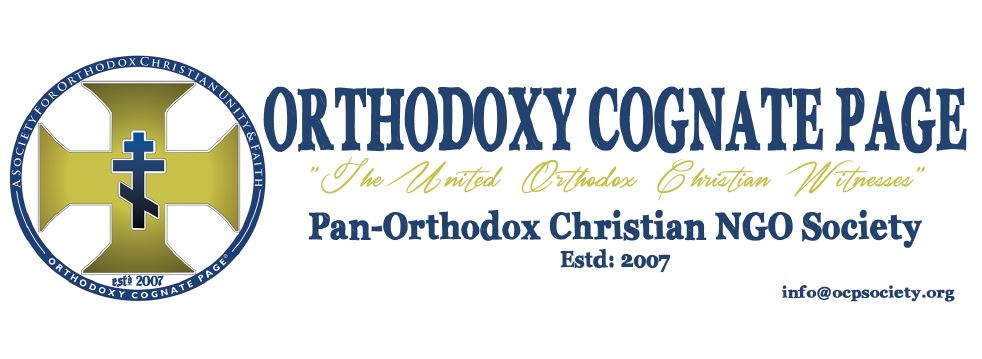Great and Holy Friday
![]()
17/4/14
Introduction
On Great and Holy Friday the Orthodox Church commemorates the death of Christ on the Cross. This is the culmination of the observance of His Passion by which our Lord suffered and died for our sins. This commemoration begins on Thursday evening with the Matins of Holy Friday and concludes with a Vespers on Friday afternoon that observes the unnailing of Christ from the Cross and the placement of His body in the tomb.
Commemoration of Great and Holy Friday
On this day we commemorate the sufferings of Christ: the mockery, the crown of thorns, the scourging, the nails, the thirst, the vinegar and gall, the cry of desolation, and all the Savior endured on the Cross. The day of Christ’s death is the day of sin. The sin which polluted God’s creation from the breaking dawn of time reached its frightful climax on the hill of Golgotha. There, sin and evil, destruction and death came into their own. Ungodly men had Him nailed to the Cross, in order to destroy Him. However, His death condemned irrevocably the fallen world by revealing its true and abnormal nature. In Christ, who is the New Adam, there is no sin. And, therefore, there is no death. He accepted death because He assumed the whole tragedy of our life. He chose to pour His life into death, in order to destroy it; and in order to break the hold of evil.
His death is the final and ultimate revelation of His perfect obedience and love. He suffered for us the excruciating pain of absolute solitude and alienation – “My God, my God, why hast Thou forsaken Me!” (Mark 15:34). Then, He accepted the ultimate horror of death with the agonizing cry, “It is finished” (John 19:30). His cry was at one and the same time an indication that He was in control of His death and that His work of redemption was accomplished, finished, fulfilled. How strange! While our death is radical unfulfillment, His is total fulfillment. The day of Christ’s death has become our true birthday. “Within the mystery of Christ dead and resurrected, death acquires positive value. Even if physical, biological death still appears to reign, it is no longer the final stage in a long destructive process. It has become the indispensable doorway, as well as the sure sign of our ultimate Pascha, our passage from death to life, rather than from life to death. From the beginning the Church observed an annual commemoration of the decisive and crucial three days of sacred history, i.e., Great Friday, Great Saturday and Pascha. Great Friday and Saturday have been observed as days of deep sorrow and strict fast from Christian antiquity. Great Friday and Saturday direct our attention to the trial, crucifixion, death and burial of Christ. We are placed within the awesome mystery of the extreme humility of our suffering God. Therefore, these days are at once days of deep gloom as well as watchful expectation.
The Author of life is at work transforming death into life: “Come, let us see our Life lying in the tomb, that he may give life to those that in their tombs lie dead” (Sticheron of Great Saturday Orthros). Liturgically, the profound and awesome event of the death and burial of God in the flesh is marked by a particular kind of silence, i.e. by the absence of a eucharistic celebration. Great Friday and Great Saturday are the only two days of the year when no eucharistic assembly is held. However, before the twelfth century it was the custom to celebrate the Liturgy of the Pre-Sanctified Gifts on Great Friday. The divine services of Great Friday with the richness of their ample Scripture lessons, superb hymnography and vivid liturgical actions bring the passion of Christ and its cosmic significance into sharp focus. The hymns of the services on this day help us to see how the Church understands and celebrates the awesome mystery of Christ’s passion and death.
